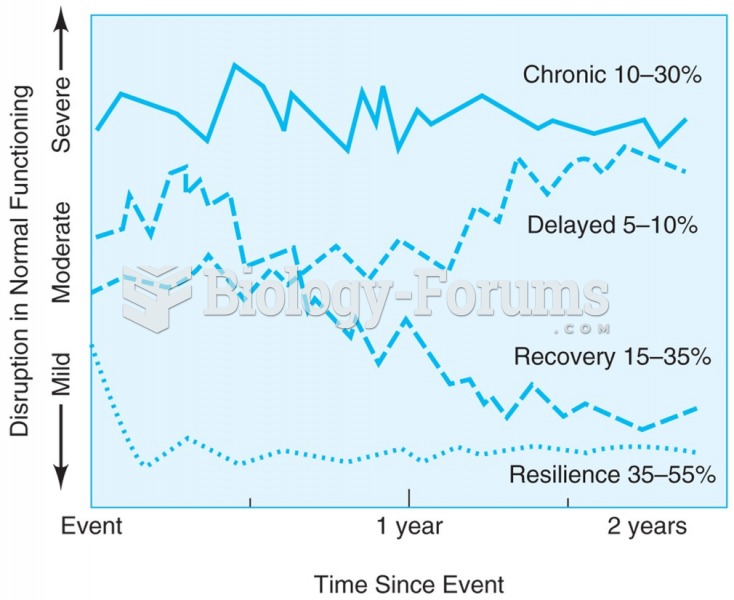Answer to Question 1
Studies are beginning to show that exposure to morning light can influence body weight and the hormones that regulate hunger. Data have shown that people who get more light exposure early in the day have lower BMIs (body mass indexes). Light exposure needs to be at least 500 lux (about the brightness of a typical office), but a higher amount could be better. Outside in full daylight exposure, a person gets approximately 10,000 lux.
People who had most of their daily exposure to even moderately bright light in the morning had a significantly lower BMI than those who had most of their light exposure later in the day, the study found. The earlier the light exposure takes place in the day, the lower the individuals' BMI. Additional research suggests that sleep deprived individuals with ghrelin and leptin levels out of range showed improvements in their levels following two hours of daylight exposure shortly after waking up.
A third study indicated that obese women exposed to bright light for a minimum of 45 minutes of morning light (between 6:00 am and 9:00 am) for three weeks had a slight drop in body fat. Based on these data, weight management researchers indicate that light is a powerful biological signal to the human body and that proper timing (early morning), intensity, and duration of light exposure is important in a sound weight management program.
Answer to Question 2
The reason for rapid weight loss in LCHP dieting is that a low carbohydrate intake forces the liver to produce glucose. The source for most of this glucose is body proteins your lean body mass, including muscle. When the body uses protein instead of a combination of fats and carbohydrates as a source of energy, weight is lost as much as 10 times faster. This is because a gram of protein produces half the amount of energy that fat does. In the case of muscle protein, one-fifth of protein is mixed with four-fifths water. Therefore, each pound of muscle yields only one-tenth the amount of energy of a pound of fat. As a result, most of the weight lost is in the form of water, which on the scale, of course, looks good.







